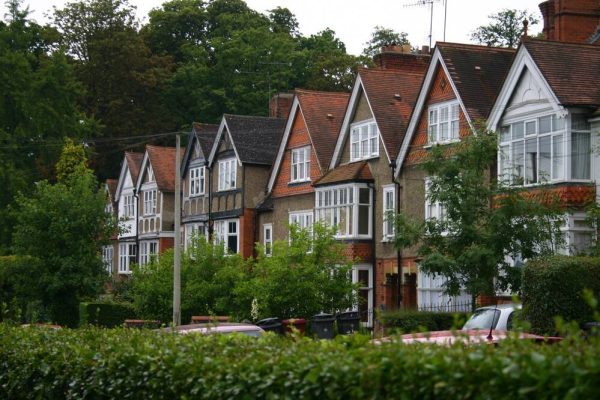
Written by Lynn de Miranda, Alex Moores FoodBioSystems DTP students and Matthew Paskin SCENARIO DTP student
By 2050, 70% of the population will be living in urban areas, but can cities cope while also meeting sustainability goals?
What drives urbanization:
Many factors lead people to move from rural areas to cities. Economic and social factors often play a central role. As temperatures rise and weather patterns change, rural living is becoming even more difficult and, in some cases, impossible. As crops fail and rural economies worsen many people are driven to the cities in hopes of renewed prospects.
“Sixty percent of Africans are below the age of 30 and they want to migrate to the urban areas, they have no jobs and the rural sector is being vacated.” said Kanayo Nwanze, President of the U.N. International Fund for Agricultural Development (IFAD).
Although migration to urban areas may provide more hope to individuals, it is becoming clear that cities are also facing significant sustainability challenges.
Challenges of urban areas:
As millions flock to urban areas, it is becoming clear that many city infrastructures are incompatible with current sustainability goals. Goal 11 of the sustainable development goals set up in 2015 refers particularly to the development of sustainable cities and communities.
One of the largest issues faced by cities today is the threat to human health caused by air pollution. Globally, 86% of urban inhabitants are exposed to air contaminated with unhealthy particles resulting in an estimated 1.8 million deaths per year. Furthermore, this pollution is not limited to cities but can often travel miles away from their source.
A major contributor to this pollution is travel and freight. These industries produce massive amounts of CO2. During COP28 a large focus was placed on the use of electric vehicles and the current challenges faced in their implementation.
To tackle this, for example, the UK has announced a 70-million-pound fund to allow for the integration of ultra-fast charging ports. ‘’The scheme follows our world-leading zero emission vehicle mandate, meaning we are truly supporting drivers and industry in making the switch to electric.’’ said the Technology and Decarbonisation Minister, Anthony Browne. Sarah O’Keefe, Director of Sustainability and Climate Justice in the Mayor’s Cabinet of Cleveland, however emphasised that a focus should also be put on public transport and supporting communities as a whole.
Urban building efficiency and housing is also a major topic surrounding urbanization. Many buildings in urban areas need to be retrofitted to meet efficiency goals. In the UK only 29% of houses meet the current standards while limited personal funds will continue to limit progress.
The issue of funding urban adaptation is a recurring topic. Today’s discussions once again focussed on localised funding. Sarah O’Keefe mentioned the implementation of ‘’Place-based initiatives’’ as a way to connect people to policies, instead of having a top-down approach where communities have no input on what that they get in their neighbourhoods. Instead, the idea of multi-level partnership is that local and national leaders working together to reach goals under areas that they each have most control over. This also ensures that the voices of communities are heard and that those affected by developments are supported.
The 5th day of COP28 has highlighted the need for cities to adapt in order to become sustainable, and has also raised a call for the implementation of place-based initiatives.

